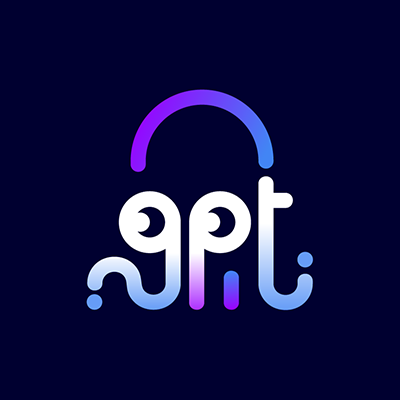Discover and explore top open-source AI tools and projects—updated daily.
AIOpsLab by  microsoft
microsoft
AIOps agent framework for design, development, and evaluation
Top 47.8% on SourcePulse
AIOpsLab is a comprehensive framework for designing, developing, and evaluating autonomous AIOps agents. It targets researchers and engineers building AI-driven solutions for cloud operations, offering a standardized and reproducible environment for agent testing and benchmarking. The framework simplifies the deployment of complex microservice environments, fault injection, workload generation, and telemetry data collection.
How It Works
AIOpsLab orchestrates microservice cloud environments, enabling the simulation of real-world operational scenarios. It supports deploying applications via Helm charts and managing Kubernetes clusters (local via kind or remote). Agents interact with these environments through a defined interface, receiving state information and returning actions. The framework facilitates the creation of custom problems by defining applications, tasks (detection, localization, analysis, mitigation), faults, workloads, and evaluation metrics, promoting extensibility and standardization.
Quick Start & Requirements
- Installation: Recommended via Poetry (
poetry install). Requires Python >= 3.11. - Cluster Setup:
- Local: Use
kindwith provided YAML configurations (kind create cluster --config kind/kind-config-x86.yaml). - Remote: Supports any Kubernetes cluster configured via
kubectl.
- Local: Use
- Configuration: Update
config.ymlwith cluster host and user details. - Agent Execution:
- Human agent:
python3 cli.py - GPT-4 baseline:
export OPENAI_API_KEY=<YOUR_OPENAI_API_KEY>; python3 clients/gpt.py
- Human agent:
- Documentation: Overview, Quick Start, Installation, Usage.
Highlighted Details
- Supports both local simulated clusters (using
kind) and remote Kubernetes clusters. - Provides a structured approach to define AIOps problems, including applications, tasks, faults, workloads, and evaluators.
- Enables easy onboarding of custom agents by requiring a Python class with an
async def get_action(self, state: str) -> strmethod. - Includes baseline agents (e.g., GPT-4) for comparative evaluation.
Maintenance & Community
The project is developed by Microsoft. Key contributors are listed in the citation papers. The project adheres to the Microsoft Open Source Code of Conduct.
Licensing & Compatibility
Licensed under the MIT license. This license permits commercial use and linking with closed-source projects.
Limitations & Caveats
The framework relies heavily on Kubernetes and Helm for deployment, requiring familiarity with these technologies. While it supports local simulation via kind, performance and behavior may differ from actual cloud environments. The setup for remote clusters and specific fault/workload injections might require significant configuration effort.
2 days ago
1 day

 cloudshipai
cloudshipai whillhill
whillhill ag2ai
ag2ai SmythOS
SmythOS kagent-dev
kagent-dev techiescamp
techiescamp 53AI
53AI NirDiamant
NirDiamant TransformerOptimus
TransformerOptimus google
google Significant-Gravitas
Significant-Gravitas